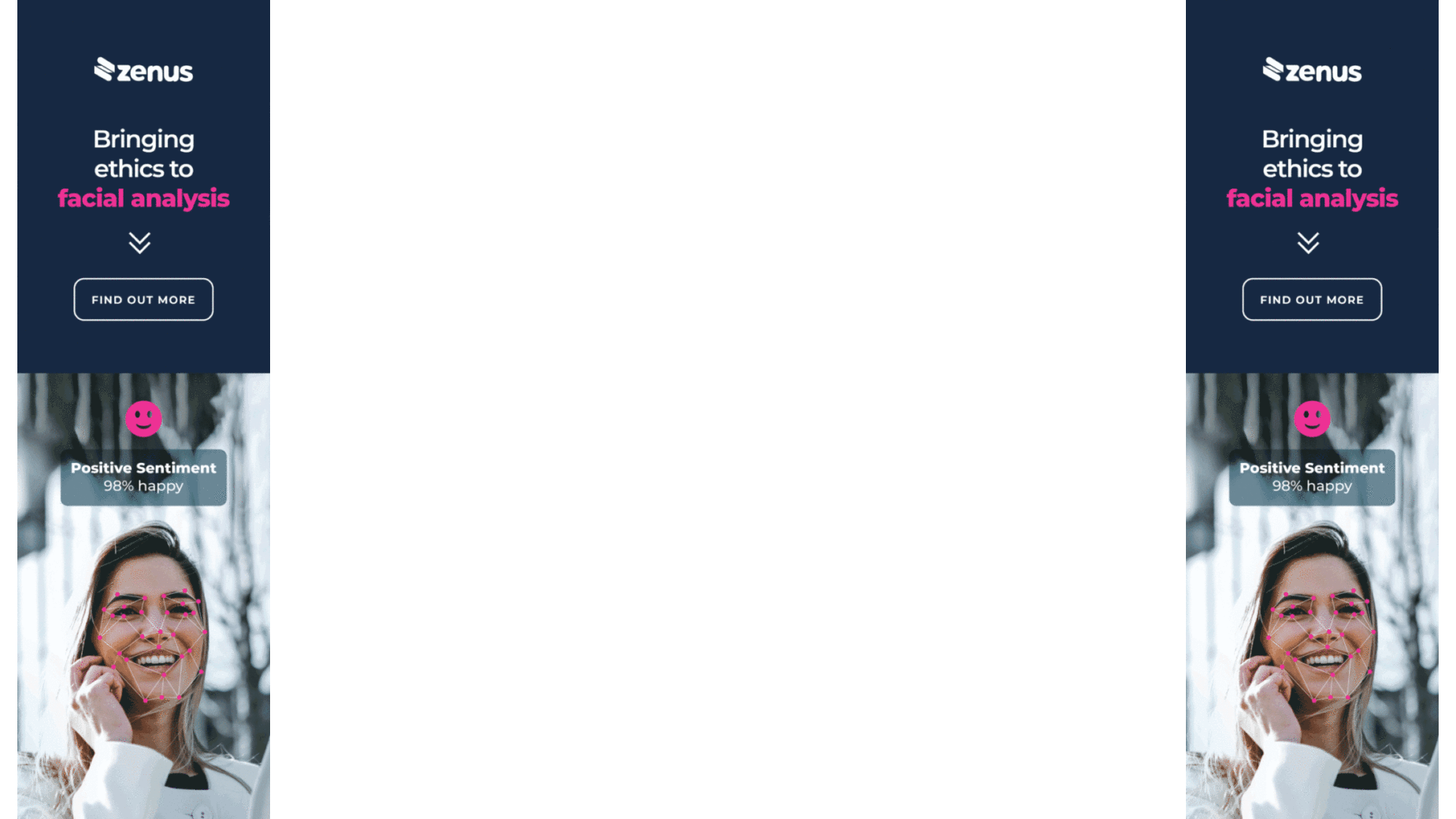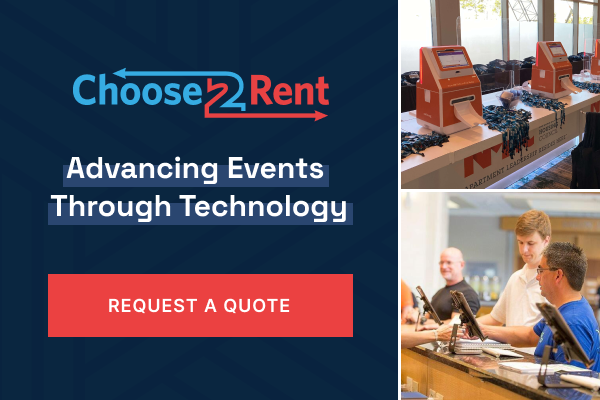By drp’s Producer – Rich Davies
The difference between events produced 5 years ago to how they are run now is predominantly the audience. They expect to feel immersed in content and where possible, feel they have contributed directly to it. A factor that has remained consistent is the clients request to create an unforgettable experience for all those attending.
In today’s fast-paced ever-changing world, the average person is exposed to multiple channels of communication in every aspect of their lives. Event and industry creatives, and clients alike are challenged with creating memorable experiences for their audience and the platform to communicate a clear message that cuts through the busy comms noise.
The traditional approach of a linear event experience no longer exists. With technology continually developing, the world is a much smaller place than it once was with even the smallest of businesses having international offices. A person is no longer required to be ‘in the room’ to attend an event. Remotely shared experiences are growing fast, with delegates using digital solutions to virtually attend an event or keynote speech. With this in mind, the content created for these events must also work across the different audience experiences. Whether you are attending the event or watching a live webstream or post-event cascade, the key messages need to be clear and consistent no matter the user experience. A great example of technology that makes this possible is Virtual Reality – otherwise known as VR. VR is becoming more and more accessible and cost-efficient to execute, which will see its popularity climb in the future.
Another factor that will affect the way we approach future events is the growing number of generations entering the workplace. Millennials have been placed with a stigma that tells us they have a short attention span and aren’t able to retain information as well as previous generations. The generation Z’s are also on the up-rise for future events for clients, but it’s important to not categorise the audience. Generations are booming, and events are expanding, so why not include everyone? On the flip side of this, these types of audiences can absorb information from different channels with efficiency. This requires event content to be clean, clear and visual – often driven by fantastic imagery and animation. A clear, simple mission statement will engage any audience. The concept of a presenter clicking through a bulleted presentation on stage will only disengage this type of audience.
With all that being said, there will always be a place for people coming together for a single shared experience. Today, customers demand a high-level of service from all types of businesses, no matter the industry, which means the decision to momentarily pause a business and bring employees together for an event can be hard. However, time and time again we see that with a well-planned event that incorporates well executed and targeted content, the return on investment, and event measurement targets show the impact of a shared live experience and the legacy it leaves that will always have its place in the busy space of communication. So, whether you are face to face or virtually with your audience, it’s key to know that you’ll meet their individual requirements.

Rich Davies has had over 10 years of experience within the production industry and has delivered a multitude of events, from product launches, award shows to large conferences within the UK and overseas.
As a Producer for creative communications agency drp, Rich plays an integral role within the events and live division to oversee each project from conception to completion. Rich has worked alongside clients such as EE, Nationwide and Jaguar Land Rover.










